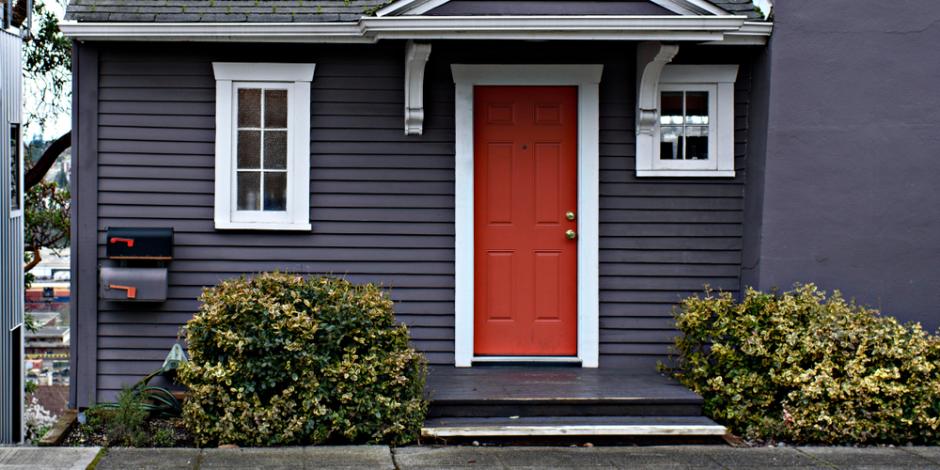
A common concern that York, Harrisburg, and Carlisle homeowners raise when they’re considering whether to air seal and insulate their home is whether they’ll be making their homes too “air tight.” It’s likely they heard that homes need to “breathe” to perform properly.
This is a common misconception, so let’s explain where this idea of a home “breathing” comes from, and why, with modern building science technology and understanding, there are better and healthier solutions to avoid the problems of inadequate house ventilation.
Why Did Old Homes Need to “Breathe”?
A well-insulated house with proper air sealing reduces energy waste by closing up gaps and holes that can let air (and heat) enter and exit a home. This can dramatically reduce a home’s heating and cooling costs by using less energy to keep your home comfortable.
But while air sealing every hole and crack in a house will address your energy waste issues, it can lead to some negative side effects on its own, including:
1. Poor indoor air quality
Without anywhere to go, the concentration of indoor air pollutants (like the ones created from combustion appliances, cooking, and cleaning product chemicals) can build in an airtight home.
2. Humidity and moisture issues
Cooking, showering, and even breathing can create higher humidity levels in an airtight home, which can lead to harmful mold growth.
Ventilation solves both of these problems. A home that “breathes” — i.e. a home with air leaks — is simply a very primitive form of ventilation. However, you’ll have no control over the amount of air entering and exiting your home, you can’t filter the new air to remove outside air pollutants, and you’ll be wasting lots of energy.
The real solution is mechanical ventilation.
“Seal Tight, and Ventilate Right!”
Home ventilation comes in a variety of forms. The most basic (and the ones that you should already have in your home) are exhaust fans. You probably have one in each bathroom, as well as a fan over your stovetop. Make sure to use these fans when you’re cooking or showering — they can make a big difference in humidity levels as well as indoor air quality.
You can get fancier from there — whole-home ventilation systems cycle fresh and filtered outdoor air into your home and expel stale indoor air. Some ventilation units, such as an HRV or ERV (heat recovery ventilator and energy recovery ventilator), will even limit the amount of energy wasted while the air in your home is exchanged.
So, as long as your home has proper ventilation, there’s no such thing as a house that’s too tight — your wallet and your lungs will thank you for going through with an insulation and air sealing upgrade.
Schedule a Home Energy Audit to Find Out If You Need Air Sealing
Air sealing and added insulation can make a dramatic difference in the overall comfort levels in your central Pennsylvania home, as well as your energy bills — the EPA estimates that 15% of the average home’s heating and cooling costs are wasted due to air leakage and improperly insulated areas of your home, including your attic, basement, and crawlspace.
An energy audit is the best way to analyze your home’s energy use and determine whether your existing insulation is underperforming and if you have significant air leaks. With the results of your audit, Energy Smart Home Improvement can recommend the best steps to save money and improve indoor comfort, from attic insulation to air sealing your home, and more.
